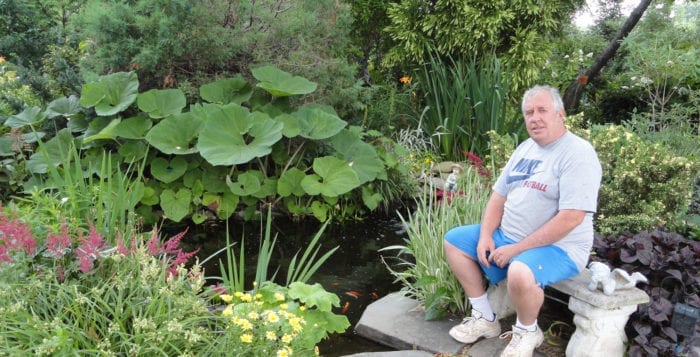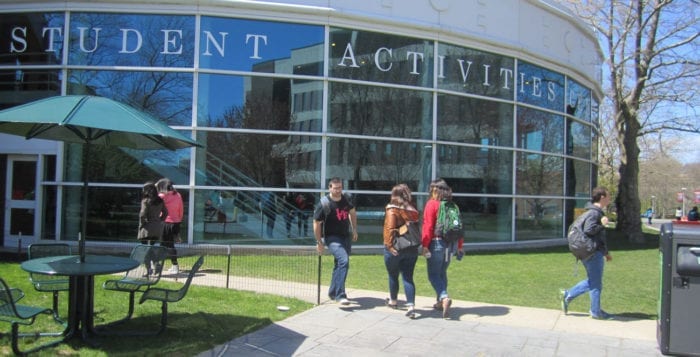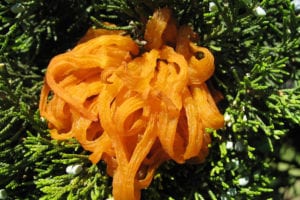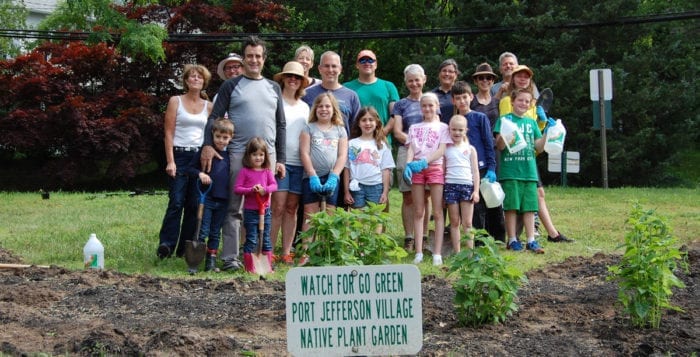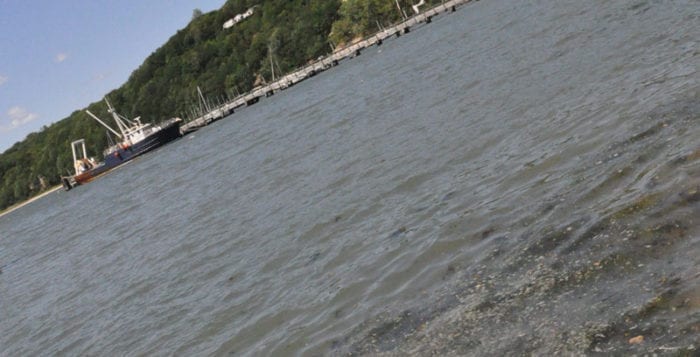By Ellen Barcel
The Port Jefferson Village Center will present a very special exhibit, The Natural Beauty of Plum Island, from July 2 through Aug. 30. Two artists, photographer Robert Lorenz and painter John H. Sargent, will be showcasing approximately 70 of their works.
Shown previously in Connecticut and the East End of Long Island (including Plum Island itself), this is the first time that the show will be presented so far west. Lorenz, who lives in Connecticut but works in New York City, said, “I’m looking forward to having the show getting closer to New York City.” He added that the PJVC is such a great venue for showing the work because of its large size.
Sue Orifici (head of Graphic, Archival & Special Projects at the PJVC) noted that while the exhibit touches on the fact that the animal disease research at Plum Island is being moved, and the island scheduled to be sold, “mostly [the exhibit] is about the art.” She added, “The artists wanted people to understand how much life there is on the island.”
“The bulk of the island is undeveloped — about 85 percent — in its natural state,” said Lorenz.
Plum Island (technically part of Southold Township) is particularly important to the Long Island area, now, since the work on animal diseases research, carried out by the federal government, is scheduled to be moved to Kansas. Plans to sell the island for development have been met with much controversy. The Preserve Plum Island Coalition is working to keep the island undeveloped.
The island is currently under the control of the Department of Homeland Security. In 2009 Congress passed legislation that stipulated that if the animal disease center was moved off the island, the government could sell the island subject to government interests, to the highest bidder. “The animal research facility on Plum Island is still very active,” said Lorenz. “It has a long list of wonderful accomplishments. It’s the premier lab of its type in the world.” He noted that one of the major research accomplishments of the lab has been the control of hoof and mouth disease. “There has not been an outbreak in this country since the 1920s.” But it is found in other countries that rely on the lab for assistance. Because of its research projects, access to the island has been very limited. But, said Lorenz, “the years of secrecy did them no good,” as far as public relations is concerned.
The island consists of 830 acres of both wildlife habitat and historically significant sites such as the Plum Gut lighthouse built in 1870 and the 1897 Fort Terry army barracks and weapons batteries. The island was originally home to Native Americans who sold the island to a colonist in the 1600s. It is also home to threatened and endangered species of plants and animals. Noted Sargent, “It is the largest seal haul out in southern New England.” Anywhere from 180 to 200 seals at a time can be seen on the rocky southern side of the island, he said.
How did this unique exhibit come about? Lorenz and Sargent met on a tour of Plum Island organized by Save the Sound, a bi-state project of the nonprofit, Connecticut Fund for the Environment. “I was the only person allowed to photograph the island,” said Lorenz, who had applied beforehand and gone through a vetting process.
While Lorenz was photographing the natural beautify of the island, Sargent was sketching. Said Sargent, “Because we had to be escorted it didn’t allow me time to paint [on the scene] … I did most of my work in the studio,” based on his sketches and photographs as well as some of Lorenz’ photos.
A representative from Save the Sound suggested producing a traveling exhibit together. “Because access to Plum Island was limited, I saw it as a challenge,” said Lorenz who was always interested in environmental issues. “We went out 12 to 14 more times over a two-year period,” to photograph and sketch the island. “We were told when we could go out,” so the time of day and weather varied with each visit.
“In our shows we have some images that are similar,” a photo and a painting of the same scene said Sargent. These will be shown side by side. But many of their other works are very different and grouped by themes: night scenes, bluffs, winter scenes, etc. There are also scenes of the historic lighthouse.
Sargent was an art teacher for many years. Retired now, he is a professional, freelance artist who works in acrylics and pastels. “I have lived along the Connecticut shore most of my life, along the waters of Long Island Sound. I have an appreciation of the beauty and a concern for the health of the Sound,” he noted. Chris Cryder of the Preserve Plum Island Coalition will be making a presentation at the opening reception. According to Laura McMillan, of the Connecticut Fund for the Environment, the coalition consists of 60 to 70 organizations and individuals working to prevent the development of the island. “Plum Island is not just a local, but a regional and even global area of concern,” she said.
Cryder noted that half of his presentation will be a virtual tour of the island. There will also be a panel discussion with several legislators [as of this writing, NYS Assemblyman Steven Englebright (D-Setauket) and NYS Senator Kenneth LaValle (R-Port Jefferson) are scheduled to attend] discussing the current status of legislation pending in Congress. Cryder added that the Town of Southold created a conservation zone on the island.
If the legislation requiring the sale of the island is repealed, Cryder added that there are a number of possible uses for the island, “another research center? A renewable energy research lab? A marine research lab?” Possibly the island could be transferred to the National Parks Service. Long-term goals include saving the jobs of many of the people who work on Plum Island, saving the endangered species and opening up the island to public access — ecotourism.
The Natural Beauty of Plum Island, featuring work by Robert Lorenz and John Sargent, will be on view at the Port Jefferson Village Center, 101A East Broadway from July 2 through Aug. 30. An opening reception, to which all are invited, will be held on Thursday, July 7, from 6:30 to 8:30 p.m. Both artists will be in attendance.
For further information, call 631-802-2160 or visit www.portjeff.com/facilities/village-center. The center is open daily from 9 a.m. to 9 p.m. (10 p.m. on Thursday, Friday and Saturday).

